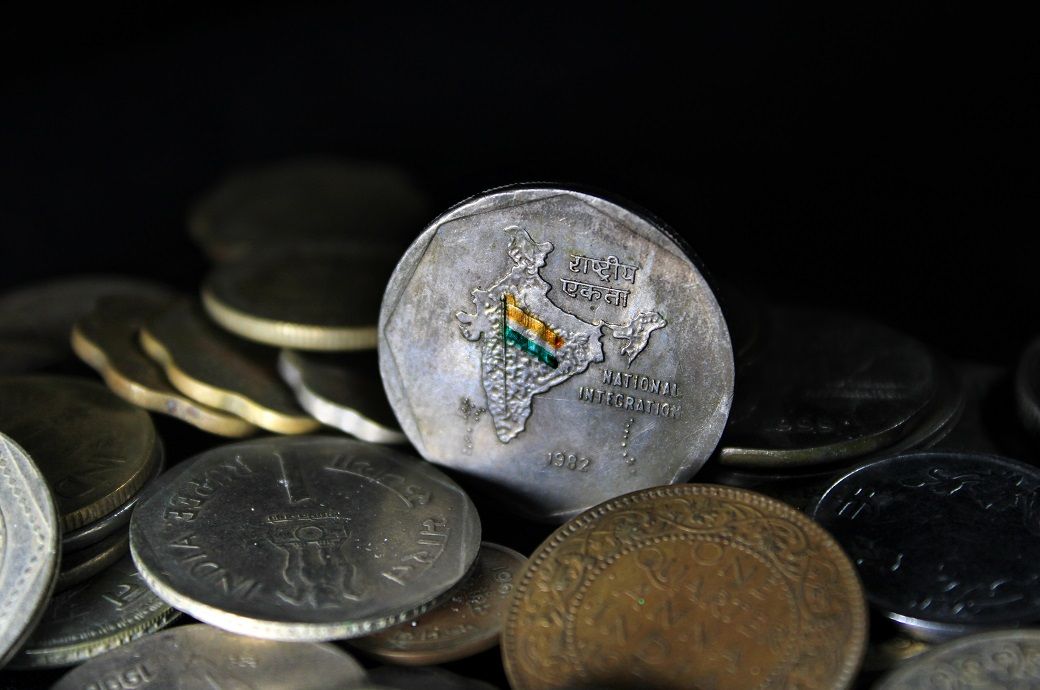

The country’s economic slowdown was mainly due to the contraction in manufacturing and low private consumption expenditure, with the manufacturing sector contracting by 1.1 per cent and private consumption expenditure slowing to 2.1 per cent in the October-December quarter of the current fiscal.
Growth also slowed substantially on a year-ago basis, with private consumption lagging overall GDP for the first time since the Delta wave of COVID-19 struck the economy in the second quarter of 2021. The report predicted that the slowdown will be temporary and even salutary, helping to wring some of the demand-side pressures out of the economy without stopping it wholesale.
Better growth in the US and Europe’s incipient recovery is projected to propel India at the mid-year mark, as these are India’s largest trade partners and are important destinations for exports of business services.
The report observed India’s fourth-quarter performance with caution, highlighting that sectors such as manufacturing that are highly linked to private consumption spending either contracted or barely grew during the December quarter of the current fiscal.
"The normally faster-growing construction and retail and wholesale trade sectors came in somewhat hotter, though both lagged gains from earlier this year. While high interest rates have slowed the domestic economy and curbed imports, external imbalances have widened, putting pressure on the rupee and adding to inflation," read the report.
The report projected that the GDP will grow by 7 per cent in the current fiscal, which would require about 5 per cent GDP expansion in the fourth (January-March) quarter. In 2021-22, the economy grew 9.1 per cent, while in 2020-21 (COVID-impacted year), the economy contracted 5.8 per cent, and in 2019-20, the growth was 3.9 per cent.
Fibre2Fashion News Desk (NB)